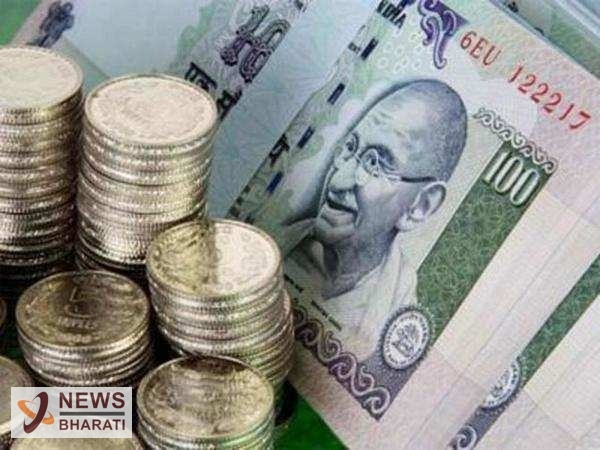Where does lending happen in India?
In the previous article, we saw how India"s savings or deposits are distributed. In the end, it was mentioned that banking is a lending business. We will know more about lending in this article.
Total Views |
In the previous article, we saw how India's savings or deposits are distributed. In the end, it was mentioned that banking is a lending business. Banks earn through the interest charged on loans disbursed. The data for lending in India is also available, and recently Anshul Gupta Co-founder and Chief Investment Officer of Wint tweeted a series of tweets sharing the information on lending in India.

In the banking model, banks charge interest on loans and banks also give returns on fixed deposits. The interest charged on loans is greater than on fixed deposits. The gap between fixed deposits and interest on loans is the source of income for banks. Also, loans are important for businesses to carry out business.
Also Read: Nuclear Energy- Neglected Green Source of Energy #1
The state-wise disbursement of loans varies from state to state. Maharashtra, Delhi and Tamil Nadu are the leading states in loan distributions. As per RBI data on March 2022, nearly 26% of total loan disbursements in India were done in Maharashtra alone.
As we can notice through the map, states which are industrialised have a high percentage of loan disbursement. The percentage of Maharashtra is skewed by high credit disbursement in Mumbai. We will see the top 10 districts in credit disbursement.
Out of overall disbursement of loans in India, around 20% of credits are distributed in Mumbai district alone. As the graph stats, the top 10 districts collectively disburse more than half of India’s credit.
Also Read: Where the money lies in India?
As Mumbai is the financial capital of India, various banks have headquarters located in Mumbai. Various loans are sanctioned but some of them only are utilised. In the case of Maharashtra, more than 25% of loans are sanctioned but just above 20% of the credit is utilised. Rajasthan has the lowest percentage of credit sanctioned and credit utilised. Both are less than 5%.
As seen in the article about deposits in the bank, three types are banks are involved in lending as well. Data shows that, since 2017 the share of privat sector banks is constantly increasing and the share of public sector banks is reducing. In September 2017, the share of private sector banks was around 29% and public sector banks were around 65%. It changed to around 38% and 56% respectively in March 2022.
As written before, the banks charge for the loans and they earn through the interest charged on the loans. These charges vary from loan to loan. As on March 2022, loan sector was dominated by home loans. Banks earn around 7%-8% on their outstanding loans. Around 30% of loans have have 7%-8% of earnings.
Loans or credits are required for businesses, homes etc. As the data shows, mostly retail loans dominate the non-food credit. Industries under MSMEs contribute to just more than 25% of total non-food credit.
Also Read: COP27- Way Forward for India
Buying a home is a dream for everyone. Today, it is highly impossible for middle class working man to buy a home on its own. Threfore, we need to take a loan from bank. As majority of people get a home loan, it dominates the retail loan market. Home loans are followed by personal loans and vehicle loans. We can understand, that these two types of loans are important for middle class family to support the dream of buying a vehicle or carrying out some personal expenses.
In case of business related loans capital intensive businesses like infrastructure has the highest share. Within infrastructure power sector has the highest share. All industries within infrastructure needs the maximum capital. There are other industries which require loans.
Also Read: Importance of Cancer Awareness
India is a developing economy. India’s credit sector is also growing. The growth of credit sector is mesmarising. As per the data, credit card outstanding is up to 27%, housing loans at 16% and even agricultural sector grew at 13%.
Deposits and credits are important factors in banking sector. It keeps money in circulation and promotes capital formation. It is helpful and also needed for the businesses to grow and prosper. In the series of two articles we have seen the data for credit disbursements and deposits in banks. Also, we could understood, where the money lies in India, and also where it is lended. That has given us an insight for the Indian economy.



